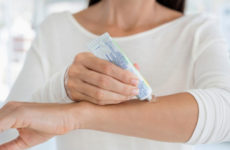Содержание:
Introduction
Condylomas (second name – genital warts ) – are papillary growths that form from the epithelial layer of the skin and mucous membranes.
They pose a huge danger because they can expose the female body to such a threat as cervical cancer. Condylomatosis is often caused by the human papillomavirus and has no symptoms other than cosmetic growths.
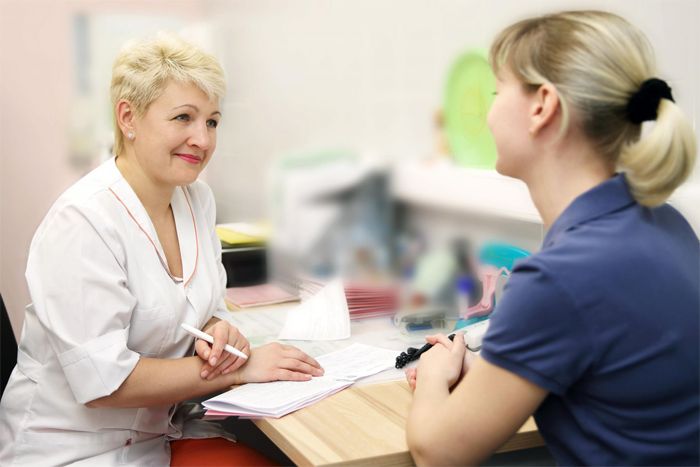
What are these educations?
Condylomas are the affected areas of the mucous membranes and skin. They belong to warty formations and appear as a result of the activity of the human papillomavirus. After entering the body, the pathogen does not immediately notify of its presence, it is fixed deep in the layers of the skin and is activated only when it is close to its surface.
Warts look like overgrown growths. May be flat or pointed. Often, there are warts on the small and large labia, at the entrance to the vagina or on the cervix. The causative agent of genital warts is the human papillomavirus, a sexually transmitted disease. Condylomatosis is a highly oncogenic disease, because there is a risk of cell malignancy. At the first manifestations of the disease, immediate treatment should begin.
Kinds
There are two types of genital warts that can appear in women:
Pointed – they are found on the mucous membrane of the labia minora and labia majora, around the entrance to the urethra, around the anus or clitoris. In addition, this type of genital warts affects the skin on the thighs and buttocks. Genital warts grow outward, form a papillary layer. Neoplasms look like dark red or brown papules, small, multiple, formed in groups, thickness – no more than 1 mm. They are characterized by low oncogenic activity.
Flat – grow deep into the epithelial layer and cause significant changes in it. Their location is the cervix. With the naked eye and even gynecological mirrors are almost invisible. This type of genital warts has a high risk of malignant process, up to the development of cervical cancer. Externally, warts consist of many particles of different shapes, have a rough surface.
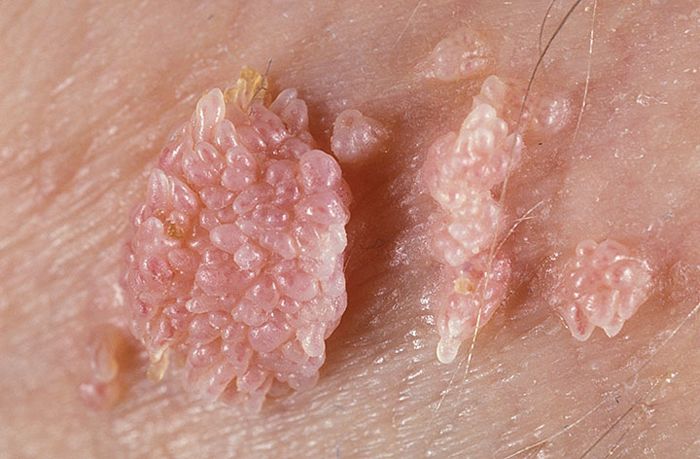
Causes of growths
The presence of HPV is not always noticeable, because clinical symptoms are often either completely absent or mildly expressed. The virus leads a fairly peaceful cohabitation with the body until the latter weakens the immune defenses. There are several main reasons for the appearance of vulvar condyloma in the female body:
- long-term use of antibiotics;
- malnutrition;
- stress and nervous strain;
- lack of vitamins and minerals;
- HIV (destruction of immunity);
- pregnancy (hormonal changes in the body);
- postpartum period (permanent lack of sleep, anemia, emotional and physical fatigue);
- frequent change of sexual partners (the possibility of infection with the virus);
- unprotected intercourse (high risk of HPV transmission);
- insufficient compliance with hygiene measures (formation of favorable pathogenic microflora).
Diagnostic methods
When condylomas are located in visually accessible places, one can suspect the development of the disease on their own. However, if condylomas are on the cervix, you can’t do without an examination by a gynecologist. So, first, the doctor conducts a visual examination using a colposcope.
After that, a smear is taken for cytology and scraping of cells to analyze DNA for a type of human papillomavirus – a polymerase chain reaction. Based on these methods of examination, a diagnosis is made – Condylomatosis.

Symptoms of condylomatosis
In addition to the presence of externally altered skin, a woman may not be bothered by other symptoms of the disease. After all, the initial stage of the disease develops for a long time – up to 3 months from the moment of infection with the virus. And only after that some manifestations of condylomatosis may appear:
- itching and burning in the place of localization of growths;
- discharge of an unpleasant-smelling fluid from genital warts;
- a feeling of constant moisture (due to the release of moisture);
- inflammation and irritation when outgrowths are damaged;
- purulent or bloody discharge from the vagina (with a flat form of genital warts).
Features of treatment in pregnant women
During pregnancy, neoplasms reach large sizes and occupy a significant area. All this happens for the reason that the hormonal background and the microflora of the vagina undergo changes, and blood circulation in the tissues increases.
Gynecologists rarely prescribe treatment for genital warts during pregnancy , because they go away on their own after childbirth. In addition, antiviral drugs have a high placental permeability and can affect the child in the most negative way.
Therefore, any drug should be prescribed taking into account the risk to the fetus. But in some cases, there is a high risk of HPV infection in a child during passage through the birth canal, so the following types of treatment are prescribed:
Removal of neoplasms:
- burning with liquid nitrogen;
- laser removal ;
- electrocoagulation ;
- surgical excision;
- acid burning.
Immunostimulating therapy:
- taking immunomodulators (Nazoferon, Anaferon for children).
- taking multivitamin complexes (Elevit Pronatal, Vitrum prenatal forte, Complivit-Mama, Alphabet – Mom’s health).
Local preparations: used in the presence of flat warts – vaginal suppositories (Povidone-iodine, Genferon, Viferon).

Topical drugs (for pointed neoplasms):
- Salicylic ointment.
- Oxolinic ointment.
- Riodoxol.
- Viferon ointment.
Virus treatment methods
Unfortunately, modern medicine has not yet developed a drug or method that will permanently save a person from the papillomavirus. This virus can stay in a woman’s body for years and not show signs of its presence. But in fact, he is just waiting for the right moment – a strong weakening of the immune system.
Modern therapeutic and surgical methods are aimed at suppressing symptoms and preventing recurrence of the disease. With scrupulous observance of all recommendations, the virus will be in the body in “sleep mode”, that is, no neoplasms on the skin and mucous membranes will be noted. There are several ways to treat condylomatosis:
Surgical treatments
They are used quite often, because no ointments, creams and folk remedies can completely remove neoplasms from the epidermis. Excision of genital warts is not only aesthetic, but also a panacea for the degeneration of damaged tissues into oncogenic ones. The methods of surgical removal include the following manipulations:
- Cryodestruction (freezing of damaged tissue areas with liquid nitrogen). The safest treatment option. It does not involve contact with healthy skin, affecting only neoplasms.
- Thermocoagulation (burning out growths with high temperature). This method is quite painful, so local anesthesia is used. At the site of manipulation, a scab is formed, under which healthy skin grows.
- Chemical destruction (burning out of damaged tissues with special chemical reagents, which contain nitric acid). Healing takes a long time, because a crust remains on the site of the former genital warts, under which a new layer of the epidermis grows over time.
- Laser removal (destruction of cells by exposure to a laser beam). The healing process after the procedure is quite rapid, it takes about a month.
- Radiosurgical excision (destruction of genital warts by high-frequency radio waves). This method is absolutely effective and safe. Tissue healing occurs within a day, scars do not remain.
- Surgical method (excision of neoplasms with a scalpel). This is the most traumatic and outdated way. Healing takes a long period of time, because the affected areas are cut off, leaving wounds. In addition, scars after removal are very noticeable.
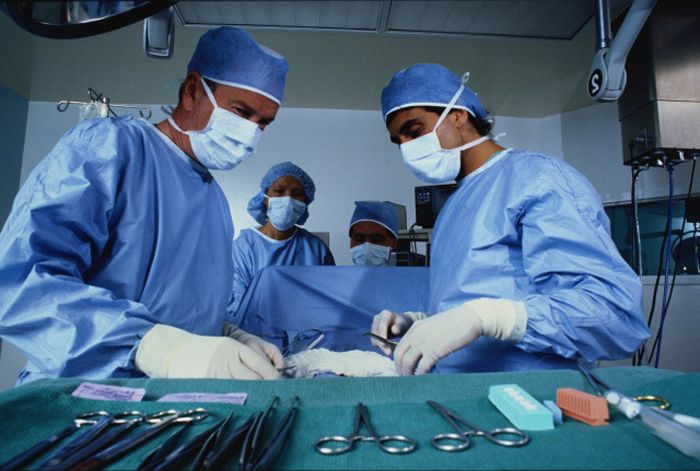
Pharmacy funds
Drug therapy is the intake of antiviral drugs (they have a detrimental effect on the pathogen), as well as immunomodulators and multivitamin complexes (strengthen the body’s immune defenses). In addition, local remedies (ointments, suppositories and creams) are shown that stop the growth of genital warts and have antibacterial properties. These drugs include:
Antiviral:
- Indinol (the best remedy for condylomatosis. It combines not only a detrimental effect on the neoplasm, but is also an immunostimulant).
- Alpizarin (actively affects the DNA of the infection, successfully blocks its ability to reproduce).
- Cycloferon (simultaneously has an immunomodulatory and antiviral effect).
- Acyclovir (initially recognizes DNA that is infected with a virus, is introduced into its structure and leads to destruction).
- Isoprinosine (has a specific composition, due to which it restores local cellular immunity).
- Licopid (has an antibacterial effect by stimulating the activity of microphages and neutrophils).
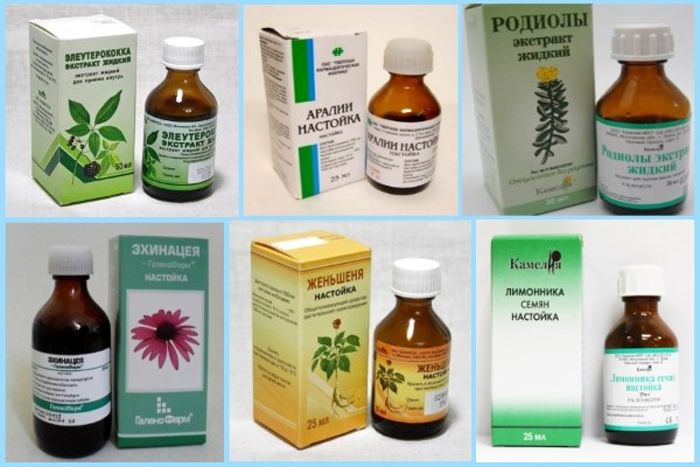
Local remedies (liniments) can be made on a different basis, both synthetic and natural:
- Aldara – cream.
- Condiline Nycomed.
- Imiquimod.
- Betadine – candles.
- Viferon.
- Podophyllotoxin.
Multivitamins:
- Vitrum.
- Elevit.
- Compliment.
- Alphabet.
- Duovit.
- Doppelhertz.
- Pregnavit.
Immunostimulants:
- Amizon.
- Anaferon.
- Laferobion.
Folk methods
The effectiveness of this method of treatment has not been officially proven. However, according to people, the funds really work. Here are some recipes for getting rid of genital warts:
- Iodine tincture – it is necessary to lubricate the growths with this drug for 10 days daily (once a day). A crust should form on the surface of the neoplasms, and they themselves gradually dry out.
- Celandine juice – you should lubricate warts with it several times a day. The course of therapy is 1 week. The method is effective with a small affected area.
- Chicken egg – lubricate the affected areas with protein once a day for a couple of weeks.
- Onion – it is necessary to cut the vegetable, previously soaked in vinegar, into rings and attach to the condyloma. Top with a band-aid and leave overnight. The course of treatment – 7 procedures.
- Kalanchoe juice – squeeze the juice from the leaves, strain it through cheesecloth. Lubricate the neoplasms, apply a bandage from above, fix with a plaster. Keep this lotion for 6 hours. For a positive result, at least 10 procedures are required.
- Flour with vinegar – mix the ingredients until the consistency of thick sour cream. Apply the mass to the condyloma and wait until it dries. Remove with clean water. Enough 3 sessions.
- Infusion of thyme – pour 50 g of herb with a glass of boiling water and leave for 2 hours. Apply lotions daily for a week.
- Propolis – soak in water and apply on warts. Fix with a plaster, leave overnight. Repeat the procedure for 3 days.

Possible Complications
Vaginal or uterine condylomas are dangerous not only because they can degenerate into malignant neoplasms and lead to cervical cancer, although this is the worst complication. The virus that causes these growths spreads quite rapidly throughout the body, reducing overall immunity. Condylomas bring both visual and moral discomfort: they complicate personal hygiene sessions and complicate sexual life.
There is a high risk of traumatizing neoplasms during coitus or taking a shower, and this is already a direct way of wound infection. Among other things, condylomatosis is a contagious disease, because it is caused by the papilloma virus. This virus is transmitted sexually, and the use of a condom does not give a 100% guarantee of protection.
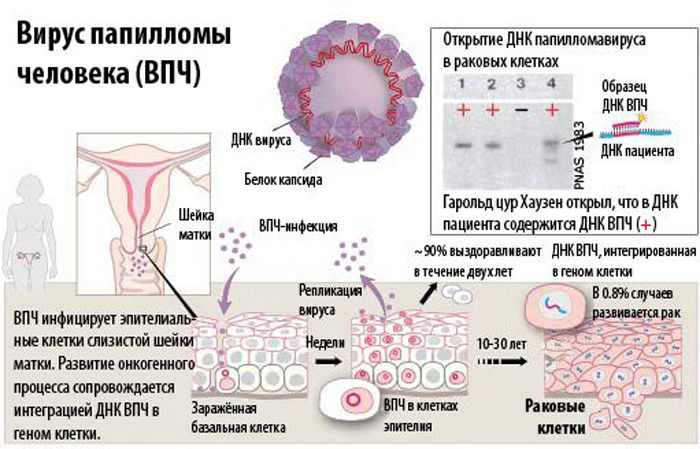
Infection prevention
There are only a few practical methods of protection against genital warts:
- mandatory use of barrier methods of contraception;
- avoidance of promiscuity and frequent change of sexual partners;
- elimination of factors that reduce immunity (bad habits, malnutrition, hypothermia, stress);
- daily hygiene measures;
- vaccination against cervical cancer (given to girls from the age of 11 – three times).
Conclusion
The diagnosis of “Condylomatosis” is far from a sentence. Although this disease is very dangerous, there are effective ways to treat it. The main thing is to seek help from a specialist in time. And so that this ailment does not disturb a woman, it is worth being scrupulous about your health and lifestyle in general. Preventive measures have not yet been canceled.



